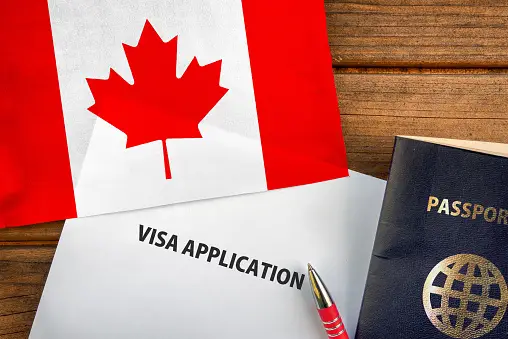Moving to Canada for education is a big step. Canada offers high-quality education, a welcoming culture, and many opportunities. To help you settle in and succeed, here are some top tips for international students planning to study in Canada.
1. Research Your Destination
Before you arrive, learn about the city or town where you will study. Check the weather, cost of living, and transport options. Knowing these details will help you adjust faster.
2. Arrange Your Accommodation Early
Look for housing before you arrive. On-campus residences are great for first-year students. If you choose off-campus housing, use trusted websites and consider safety and distance from campus.
3. Understand Visa and Study Permit Rules
Make sure you know how to get your study permit and any visa requirements. Apply early to avoid delays. Keep track of your permit’s expiry and renew if needed.
4. Prepare for Canadian Weather
Canada’s weather can be very different from your home country. Winters are cold and long. Invest in a good winter coat, boots, and accessories. Dress in layers to stay warm.
5. Improve Your Language Skills
English and French are Canada’s official languages. Most provinces use English, but Quebec mainly speaks French. Take language classes if needed. Better language skills will help you in class and daily life.
6. Open a Canadian Bank Account
Opening a local bank account soon after arrival makes managing money easier. Many banks offer student accounts with low fees. This helps with paying bills and receiving money.
7. Budget Your Expenses
Create a monthly budget. Include tuition, rent, food, transport, and fun activities. Stick to your budget to avoid money problems. Look for discounts and student deals.
8. Know Your Healthcare Options
Some provinces offer free public health insurance to students. Others require you to buy private insurance. Find out what applies to you and keep your health card handy. Use campus clinics for minor health needs.
9. Stay Connected with Family and Friends
Get a local SIM card for phone and internet. Use apps like WhatsApp, Skype, or Zoom to talk with loved ones. Staying connected helps reduce homesickness.
10. Join Student Groups and Clubs
Participate in campus activities to meet new friends and improve your skills. Clubs and organizations provide support and fun. This also helps you understand Canadian culture better.
11. Use Academic Support Services
Attend orientation sessions to learn about your school. Use libraries, tutoring, and writing centers. Don’t hesitate to ask professors or advisors for help when needed.
12. Manage Your Time Well
Balance study, work, and social life. Make a weekly schedule and stick to it. Prioritize important tasks to stay on top of your coursework.
13. Know Your Rights and Stay Safe
Learn your rights as a student and resident. Follow safety guidelines on and off campus. Universities often have security services and emergency contacts.
14. Explore Canada
Take time to visit nearby places and enjoy Canada’s nature and cities. Traveling can help you relax and learn more about your new home.
15. Take Care of Your Mental Health
Studying abroad can be stressful. If you feel overwhelmed, seek counseling services at your institution. Talking to someone can improve your well-being.
Final Words
Studying in Canada offers great opportunities for growth. Prepare well, manage your money and time, and get involved in campus life. Embrace the culture and take care of yourself. Following these tips will help you enjoy a successful and rewarding experience as an international student in Canada.









